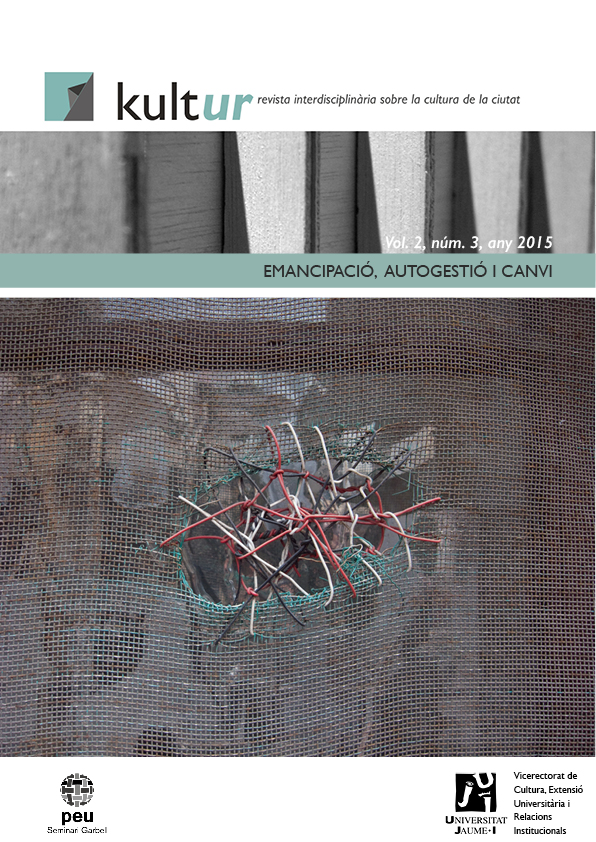Multiple Paths to Peace: Public Participation for Transformative and Sustainable Peace Processes
##plugins.themes.bootstrap3.article.main##
Resum
Mainstream peacemaking is dominated by the assumption that peace is forged at a negotiating table and that a peace agreement will deliver change for the better. But reality suggests a different picture. With limited ownership and legitimacy most peace agreements collapse, and when they don´t their record of implementation remains frustratingly low. This article suggests the need to develop innovative thinking and practice to allow more effective and sustainable peace processes. There is a need for a change of paradigm: to demystify the negotiating table as the core space for deliberation and decision-making and more explicitly acknowledge the importance of parallel or alternative more inclusive spaces and processes of dialogue and agreements on the structural change that will bring transformative peace for society at large. Peace negotiations may be essential for a peace process, but a peace process needs to involve actors and trigger discussions beyond the negotiating table. There are multiple paths to peace, all of them important.
Descàrregues
##plugins.themes.bootstrap3.article.details##
.png)
Tots els continguts de la revista kult-ur se distribueixen sota una llicència d'ús i distribució Creative Commons Atribució-Compartir Igual 4.0 Internacional (CC BY-SA 4.0), excepte indicació contrària. Pot consultar ací la versió informativa i el text legal de la llicència. La indicació de la llicència d'ús i distribució CC BY-SA 4.0 ha de constar expresament d'aquesta manera quan siga necessari.


